eCommerce marketing automation is an opportunity to speed up, simplify, and improve your sales and marketing tasks. In particular, mailing and communication with users. 51% of companies are already using marketing automation of some sort. But when it comes to e-commerce business, a thoughtful approach can drive better benefits.
Here are five ways in which marketing automation can improve lead conversion rates in the e-commerce business. If you want to implement it but don’t know where to start, this article will help you out.
So, let’s get started!
5 Innovative eCommerce Marketing Automation Strategies
Chatbots on social networks
Social media marketing is vital for sales. According to a 2019 survey, 30% of consumers plan to shop directly from social media platforms. Therefore, improving the customer experience on social media is essential.
Chatbots will help with this. They are software that simulate human-like communication to answer user questions. It is advisable to customize them so that they provide relevant information to users. For instance, methods/terms of delivery, payment terms, promotions/discounts, return/refund request, etc.
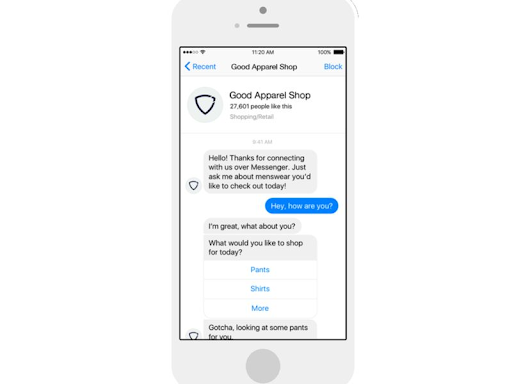
Even if 20 users simultaneously write to the company, the program will instantly give them a response. It allows the brand to be close to customers – always.
Also, the software allows you to reduce the cost of customer service. They eliminate the need for support staff for common queries.
Let us take an example.
Facebook Messenger has a chatbot. It is available for use since 2016. It has evolved so much so that today you can set up a full-fledged conversation flow, providing possible questions and corresponding answers to customers directly on Facebook itself.
The idea is – you can use the live chat or chatbot services from companies such as ManyChat, ChatBot, and many others to automate customer communications from your social channels.
Loyal customer rewards
Loyal customers are the strength of the brand. Based on prior experience, they are probably more inclined to buy from your company. Research shows that loyal customers spend 67% more money than new customers. Therefore, building relationships with users is essential. It also ensures the company’s growth in the long term.
In e-commerce, building customer relationships is more challenging than offline buying. While there can be live interactions, the lack of face-to-face interactions makes it tricky to gain customer trust. Also because of constant ad bombardments from several companies, it becomes difficult for customers to remember a brand.
You can stand out from the competition by personalizing your communication. For instance, you can propose a special offer based on items that a person regularly buys. It is usually appealing to regular customers.
If you see, Dunkin Donuts has perfectly embodied this idea. The company has launched a loyalty reward program. Here, users earn points by using their enrolled DD Card to pay for qualifying purchases at restaurants. Also, as part of this campaign, users received exclusive targeted offers based on their order history.
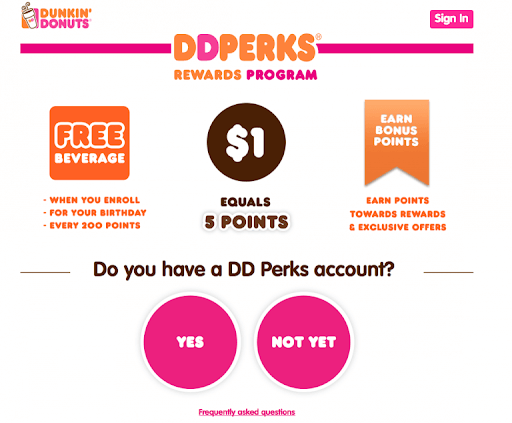
Rewarding regular customers is especially beneficial in the pre-holiday period. Marketing automation software will help you identify loyal customers and opportunities to upsell/cross. All you need to do is to integrate the eCommerce Marketing Automation tool into your company’s e-commerce application. The software will start collecting the customer data by itself (after the consent of the buyer, of course). Based on interaction history and past purchase data, you can identify customers for the loyalty program.
Moreover, you don’t have to send invitations manually. The email automation tool will do this for you. All you need is to specify recipients (in most cases, marketing automation does it by itself) and draft email content.
Triggered emails
The ability to react quickly to what is happening provides an opportunity to influence the situation. It is applicable in the e-commerce business as well.
The most common scenario is – users register themselves on a website, explore products, and leave the site without making any purchase. There can be several distractions in between that led to customers not making a purchase. The result is – you have lost a customer who is highly interested in the product.
But, if you have a drip marketing solution in place, you can overcome this challenge. It will allow you to react to such instances instantly. In particular, through triggers. Triggers represent an action, or a condition, upon reaching which an automatic distribution/call/offer is activated. Triggers are the basis of this whole process. But you must define them yourself. The following are some criteria (based on the “If-then” logic) for triggers.
- If a person has bought bright socks with a print, you can offer him a new collection with drawings.
- If the buyer has abandoned the cart (did not complete the purchase), send a reminder email to the user within a week.
- When the user registers on the website, the program sends a welcome letter, and so on.
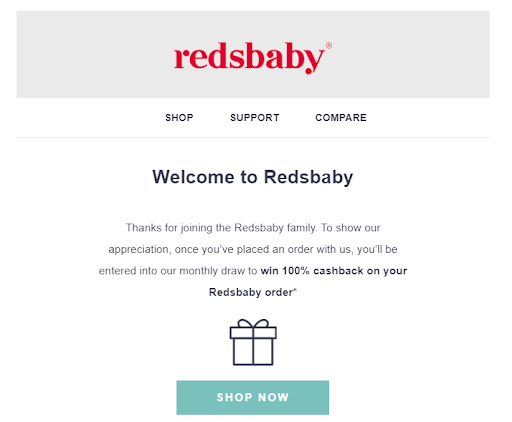
Automating email distribution through triggers allows for a better match to users’ interests. It also makes the messages as timely as possible. You can send trigger automation emails in response to:
- Newsletter subscriptions
- Making a purchase
- Feedback shared
- Early booking of special offers
- Frequent visits to the page, indicating a high willingness to purchase.
Assessing potential customers
Ecommerce companies use a variety of tools to drive traffic to their website. These include SEO, contextual advertising, affiliate marketing, and more. However, traffic does not guarantee sales.
Sometimes a prospective buyer who visits the site will be interested in the product but hasn’t decided to buy yet. The visitor may return to the site and still not place an order. In such instances, you need to nudge them a bit to buy.
eCommerce marketing automation tools help with this. For example, you can track their interactions on your website and use it to access the user’s readiness to buy. You can also assign scores to specific webpages. For instance, if the person visits the pricing page, you can assess that he has a buying intent. So, set more scores for such pages. Other useful actions are clicking on an email CTA or adding products to the cart. You can also set a peak score (for example, 25). When the user reaches this value, the system can automatically send a task alert to the sales department to close the deal.
Do not assign a rating to every action. Some of those may not indicate the potential of conversion. Also, consider the weight of the individual steps. A visit to the homepage is okay. But viewing the pricing details is a better indication of readiness to purchase. Therefore, the scores for actions should be consistent with their significance.
When evaluating leads, consider:
- The number of times the buyer has visited your site
- What pages the user has visited
- Duration of the session on the site
- Email Opens
- Email link clicks
- Blog articles read by the user
- Downloads
- Activity on social networks.
Website personalization
Marketing automation tools allow you to make personalized offers at every stage of the interaction, even if this is the first visit to the site.
The services track and analyze user data. For example, the location, products/services browsed, etc. Based on this information, the tools can customize and personalize the messaging that appears on the site.
A simple example is the Adidas website. On the first visit, the user is asked to confirm their location/give location access. Next, it displays the version of the site in the language based on the location along with the updated currency.
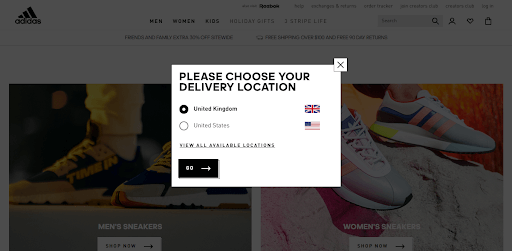
However, be thoughtful while implementing this idea. If you are about to create a website or want a new look for your site, you can check out these inspirational website ideas.
Conclusion
Marketing automation is of great value to companies. It improves the customer experience in a number of ways. As I said, chatbots eliminate the dependencies on humans and guarantee an instant response to users. Similarly, automation lets you customize your website/assets, send triggered emails and personalized messages, streamline sales and marketing, and much more. Then, based on the prospects/customers activities/response, eCommerce marketing automation tools prompt the sales reps to follow-up with them. All these contribute to a better customer experience, and consequently, increases the revenues.





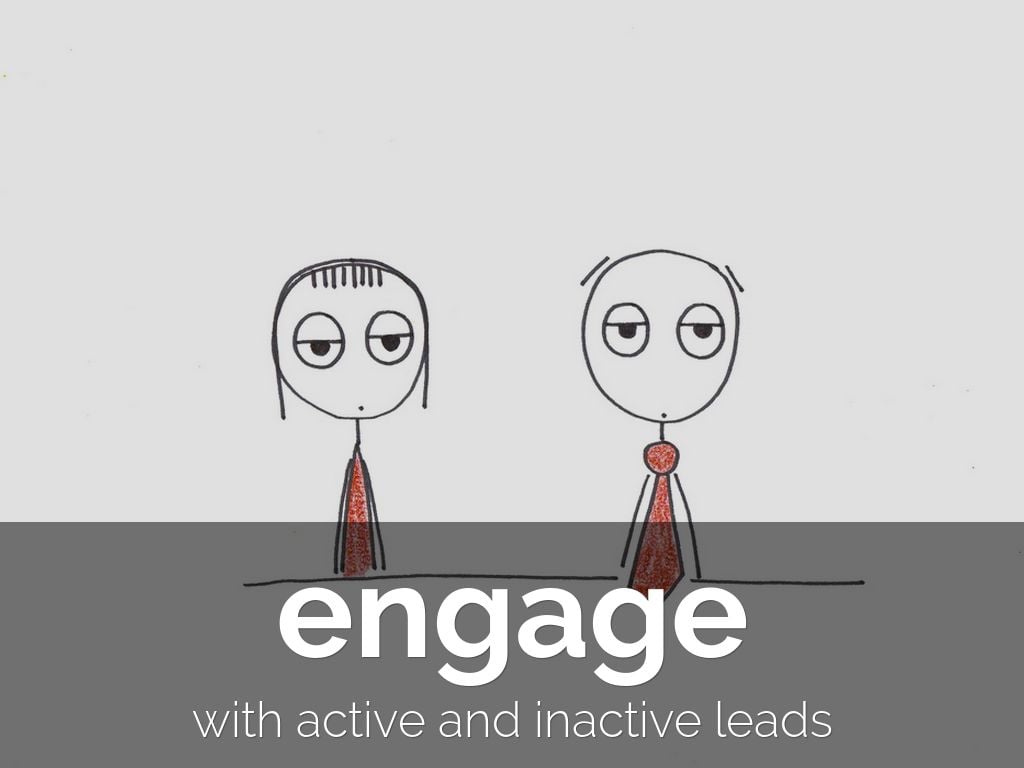

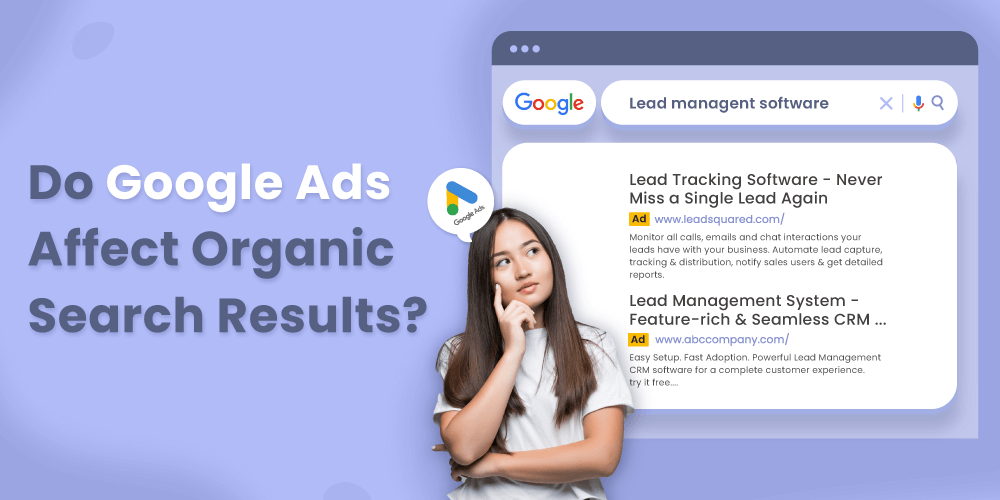
![[Webinar] Maximizing ROI with WhatsApp CRM](https://www.leadsquared.com/wp-content/uploads/2024/07/Maximizing-ROI-with-WhatsApp-CRM-webinar-popup.gif)